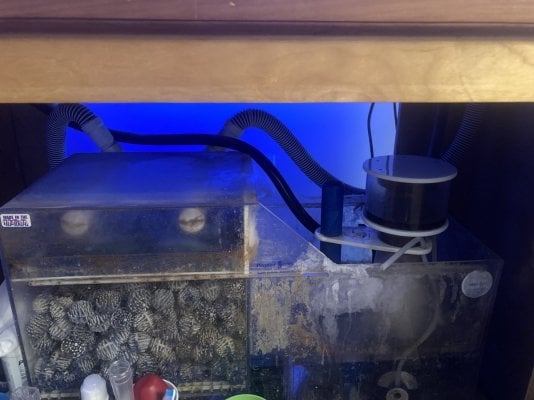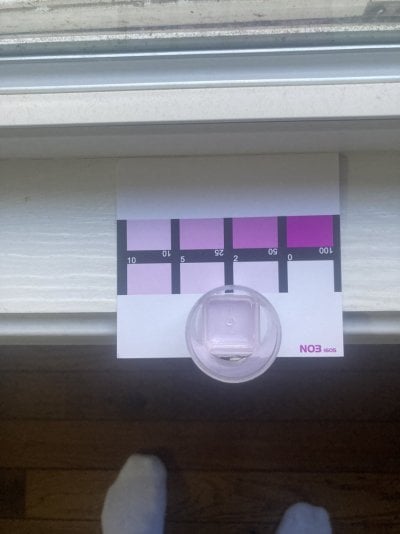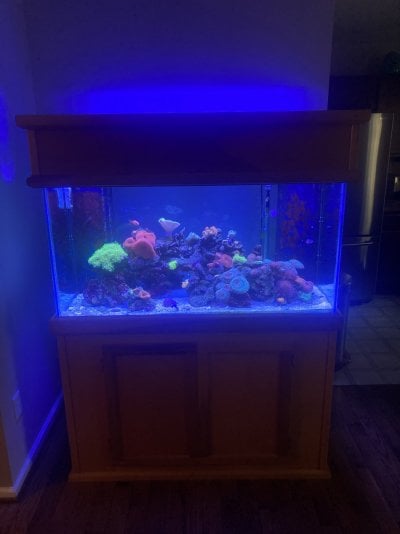Background: 120 gallon tank with 100 lbs of live rock that has been running since 2004 with wet dry filter w/ bio-balls. Originally a FOWLR system, soft corals were added in 2019.
There has been discussion, over the years, that bio balls act as “nitrate factories” in our enclosed systems: they contribute to the rapid buildup of nitrates. I do not agree with this, based on my experience, in an established reef tank with live rock. With good husbandry utilizing small, weekly to biweekly water changes low nitrate levels can be maintained while using bio balls. Bio balls are not needed in a system with ample live rock and are better suited for freshwater systems, but they may be more benign than what many have said. People on the internet tend to regurgitate information without the proper due diligence.
I have improved my husbandry the past couple years and conduct weekly to biweekly 5% water changes. I am, currently, maintaining nitrates at about 5ppm (Salifert). Do not seek bio balls for a reef, but old timers that have the equipment should not be scared into spending money on a new sump if they are doing a FOWLR or Soft coral system. Disclaimer: this is anecdotal and just my experience.



There has been discussion, over the years, that bio balls act as “nitrate factories” in our enclosed systems: they contribute to the rapid buildup of nitrates. I do not agree with this, based on my experience, in an established reef tank with live rock. With good husbandry utilizing small, weekly to biweekly water changes low nitrate levels can be maintained while using bio balls. Bio balls are not needed in a system with ample live rock and are better suited for freshwater systems, but they may be more benign than what many have said. People on the internet tend to regurgitate information without the proper due diligence.
I have improved my husbandry the past couple years and conduct weekly to biweekly 5% water changes. I am, currently, maintaining nitrates at about 5ppm (Salifert). Do not seek bio balls for a reef, but old timers that have the equipment should not be scared into spending money on a new sump if they are doing a FOWLR or Soft coral system. Disclaimer: this is anecdotal and just my experience.


















